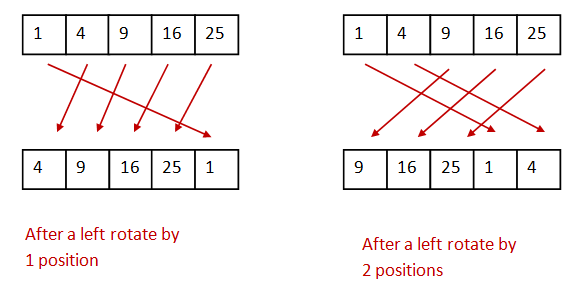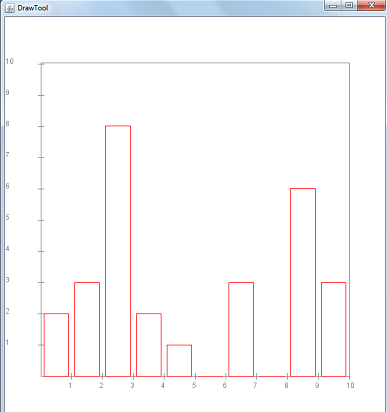Objectives and example
A1.0 Audio:
With this assignment, we'll launch a theme that will pervade most future assignments in many future units: break a problem down into methods that need to be created to solve the problem.
It's a complement to the high-level pseudocode we've seen earlier:
- Start with high-level pseudocode.
- However, be thinking that parts of your pseudocode will involve calls to methods that you will write.
- Then, implement and test these methods.
- Finally, put the whole program together.
We'll show you how this is done for a slightly harder problem than the ones you will be assigned below.
Consider this problem: we want to process a string of
letters and parentheses and decide whether the parentheses are "legit".
That is, are the parentheses balanced? For example:
String s = "()";
s = "a(b(c(de)f))((g)h)";
s = "What I said (I mean ... (really?)) was (I'm not sure now) that it's true";
s = ")(";
s = "()(()()(";
Here, the first three are balanced but the last two are not.
Our goal is to craft a method that will decide this question, to
be used as follows:
// Test #1: balanced
String s = "()";
boolean isBalanced = checkBalanced (s);
System.out.println (isBalanced);
// Test #2: balanced
s = "a(b(c(de)f))((g)h)";
isBalanced = checkBalanced (s);
System.out.println (isBalanced);
// ... (more tests) ...
A1.1 Exercise: At this point do not write any code. Try to sketch out a solution in pseudocode (in the assignment pdf). See how far you get before reading through the solution.
And now, on to your assignment. Good luck!
Here, elements are shifted leftwards, and an element
that is shifted "off the left end" is shifted into
the rightmost position. We have described a left
rotation by 1 position (each element gets shifted
by one spot). One can generalize this to a rotation
in which each element moves k spots to the
left. An example with k=2 is shown above.
In a file called
LeftRotate.java
write a method called
leftRotate (int[] A)
that performs left rotation and test it with at least
three different arrays (of different sizes), including
int[] A={1,4,9,16,25}.
The test arrays should be in
main().
Following each test, print the resulting array to confirm that
it was properly rotated.
Then, write a method called
leftRotateByK (int[] A, int k)
that achieves a left rotation of an integer array
by k positions, where k is a variable
you can change in the program. Test it out for
k=2, k=3 and k=5 using the same
test data, including
int[] A={1,4,9,16,25}.
Print the "before" and "after" arrays to show that
it rotated correctly.
Such a picture is called a histogram.
Write a program called
Histogram.java
that takes the
histogram
array and draws the rectangles.
Don't forget that the width of each rectangle is
slightly less than 1.0 and that you need
DrawTool.java
in the same directory.
A1.2 Audio:
Assignment problems

int[] histogram = {2, 3, 8, 2, 1, 0, 3, 0, 6, 3};
Think of the elements in here as the heights of rectangles
that will be drawn along the x-axis using
DrawTool
as shown below:

double[] data = {8.5, 6.6, 2.7, 2.1, 9.4, 0.9,
2.1, 6.2, 8.3, 1.2, 2.2, 0.3,
9.3, 2.6, 3.8, 2.5, 6.8, 8.1,
8.8, 9.5, 1.8, 8.2, 1.5, 2.9,
8.9, 3.1, 2.9, 4.6};
The above data was used to count how many data values
are in the range 0 to 1 (answer: 2), how
many in the range 1 to 2 (answer: 3), etc.
Thus, this is the data used to generate the histogram
counts in the previous exercise.
Write a program called
HistogramGeneration.java
that takes the
data
array, uses it to generate a corresponding
histogram
array and draws the rectangles.
Your code should have commented-out print's that demonstrate
pro-active debugging.
public static void main (String[] argv)
{
char[] word = {'n','e','v','e','r'};
char[] word2 = {'r','i','v','e','r'};
char[] word3 = {'e','v','e','r'};
char[] suffix = commonSuffix (word, word2);
printArray (suffix);
suffix = commonSuffix (word, word3);
printArray (suffix);
}
should print "ver" and "ever".
Call your program Suffix.java,
and write the methods that will make the above work.
Your code should have commented-out print's that demonstrate
pro-active debugging.